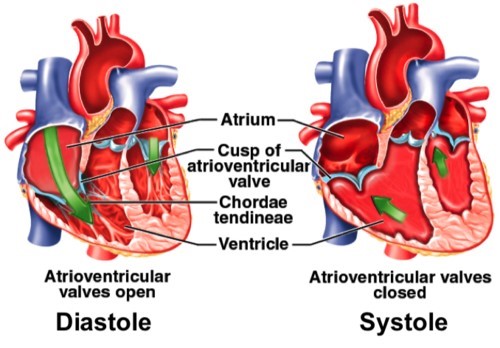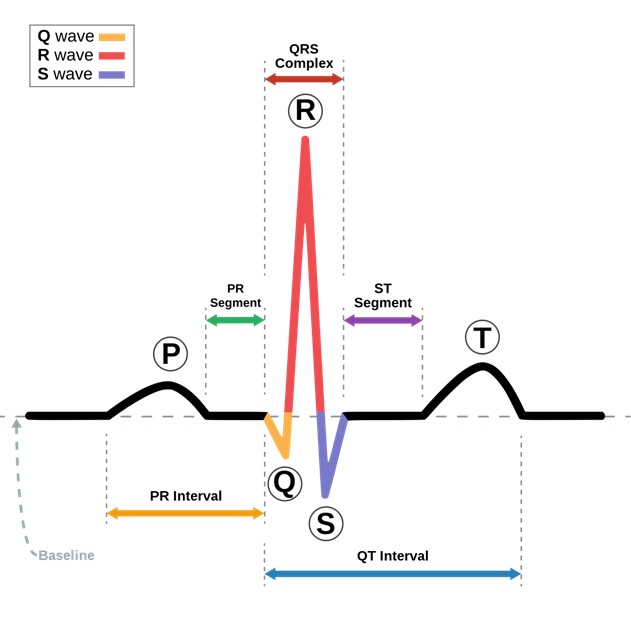The mitral and tricuspid valves close after the ventricles are filled with blood because the
Chordae tendineae relax, which allows the valves to close.
Increased pressure in the ventricles pushes the valves to close.
Trabeculae carneae contract, which pulls the valves closed.
Reduced pressure in the atria creates a negative pressure that pulls the valves closed.
The Correct Answer is B
The mitral and tricuspid valves are located between the atria and ventricles in the heart, and they open and close to allow blood to flow in one direction through the heart. During diastole, when the heart is relaxed and filling with blood, the mitral and tricuspid valves are open to allow blood to flow from the atria into the ventricles.
Once the ventricles are filled with blood, they begin to contract during systole to pump the blood out to the lungs (right ventricle) and the rest of the body (left ventricle). As the ventricles contract, the pressure within them increases, which causes the mitral and tricuspid valves to be pushed closed by the blood within the ventricles. This closure prevents the backflow of blood into the atria during ventricular contraction (systole).

The chordae tendineae are thin, fibrous cords that connect the mitral and tricuspid valves to the papillary muscles within the ventricles. These structures help to anchor the valves in place during ventricular contraction, and prevent them from prolapsing (bulging back into the atria) and causing regurgitation (backflow of blood).
The trabeculae carneae are muscular ridges within the ventricles that help to increase the force of ventricular contraction, but they do not play a direct role in closing the mitral and tricuspid valves. Similarly, the reduced pressure in the atria during ventricular contraction is due to the fact that blood is being pumped out of the atria and into the ventricles, rather than the atria "pulling" the valves closed.
Nursing Test Bank
Naxlex Comprehensive Predictor Exams
Related Questions
Correct Answer is {"dropdown-group-1":"B"}
Explanation

PR interval: the time it takes for the electrical impulse to travel from the sinoatrial (SA) node to the atrioventricular (AV) node
QT interval: the time it takes for ventricular depolarization and repolarization to occur
ST segment: the period between ventricular depolarization and repolarization, representing the plateau phase of the ventricular action potential.
Correct Answer is C
Explanation
At high altitudes, the air pressure is decreased, and there is less oxygen available in each breath. This leads to a decreased partial pressure of oxygen in the lungs, which can cause hypoxemia (low oxygen levels in the blood). Hyperventilation may initially help to increase oxygen delivery to the body, but it can also lead to respiratory alkalosis and decrease oxygen delivery to the tissues in the long run.
Whether you are a student looking to ace your exams or a practicing nurse seeking to enhance your expertise , our nursing education contents will empower you with the confidence and competence to make a difference in the lives of patients and become a respected leader in the healthcare field.
Visit Naxlex, invest in your future and unlock endless possibilities with our unparalleled nursing education contents today
Report Wrong Answer on the Current Question
Do you disagree with the answer? If yes, what is your expected answer? Explain.
Kindly be descriptive with the issue you are facing.
